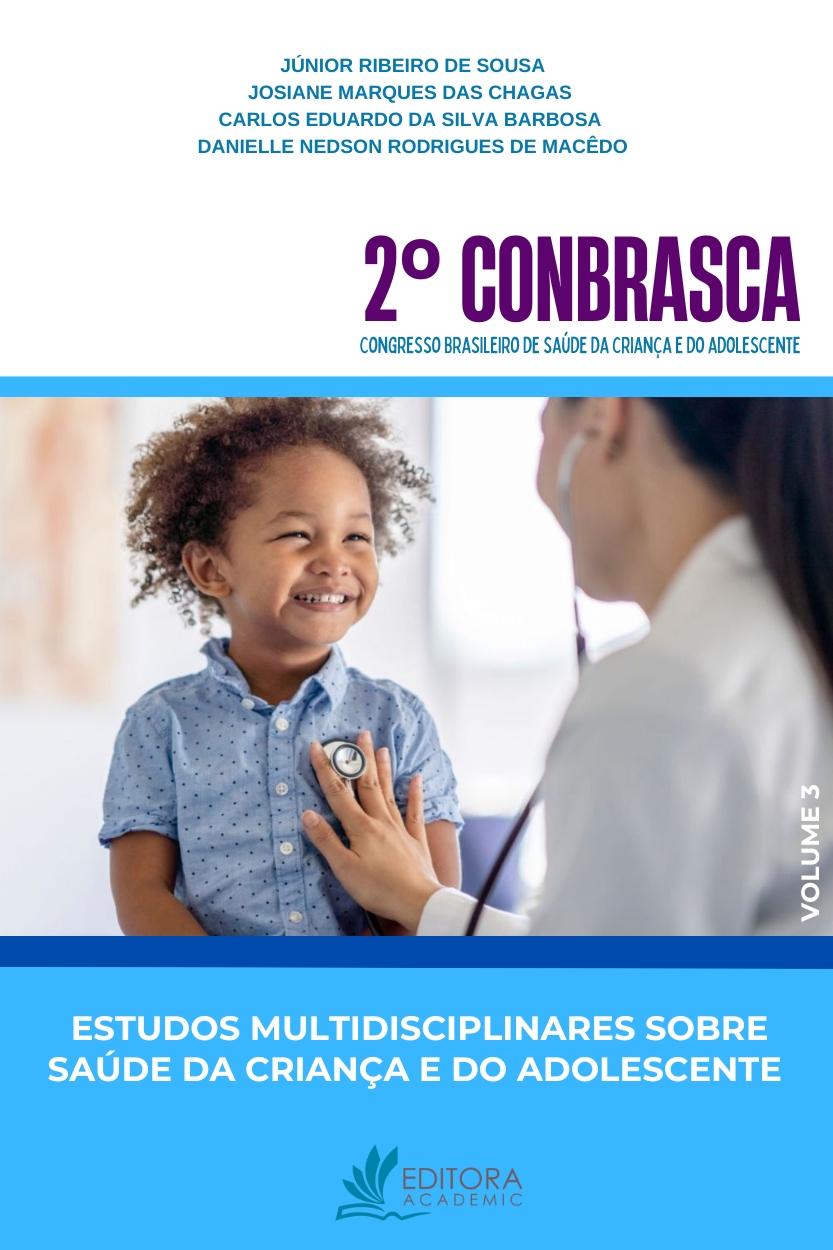
Objetivo: descrever, por meio de uma revisão integrativa da literatura, as principais informações e atualizações acerca das características clínicas, identificação e manejo da alergia à proteína do leite de vaca (APLV) em crianças. Metodologia: este estudo foi elaborado baseando-se nas seis fases de construção de uma revisão integrativa da literatura. Utilizou-se as bases de dados Lilacs, Medline/Pubmed, IBECS e BDENF via BVS para a realização da busca de artigos científicos, por meio dos descritores. Foram encontrados 851 estudos. Após aplicar os critérios de inclusão e exclusão, foram identificados 323 trabalhos, dos quais realizaram-se a leitura do título e resumo por dois revisores de forma independente. Foram selecionados 37 estudos, os quais foram lidos na íntegra e ao fim dessa categorização, 14 artigos foram selecionados para a revisão. As informações encontradas foram separadas e expostas em subtópicos, a saber: fisiopatologia, manifestações clínicas, diagnóstico e tratamento. Resultados e discussão: a alergia alimentar é promovida por uma reação do sistema imune do hospedeiro direcionada a um determinado alérgeno, a qual pode ser IgE mediada ou não IgE mediada. As sintomatologias se manifestam, em sua maioria, no primeiro ano de vida, quando ocorre a substituição do aleitamento materno. O diagnóstico é possível de ser feito por história clínica detalhada, associada ao teste cutâneo de hipersensibilidade imediata por punctura (Prick test), e a interpretação adequada da IgE sérica específica. A APLV, assim como as demais alergias, possui como base terapêutica a exclusão do alérgeno da dieta do paciente. Considerações finais: a APLV é uma condição frequente na rotina pediátrica, com prevalência significativa. A compreensão da fisiopatologia, manifestações clínicas, diagnóstico e tratamento é essencial para profissionais da saúde, em especial pediatras, a fim de promover uma abordagem eficaz e adequada a cada caso.